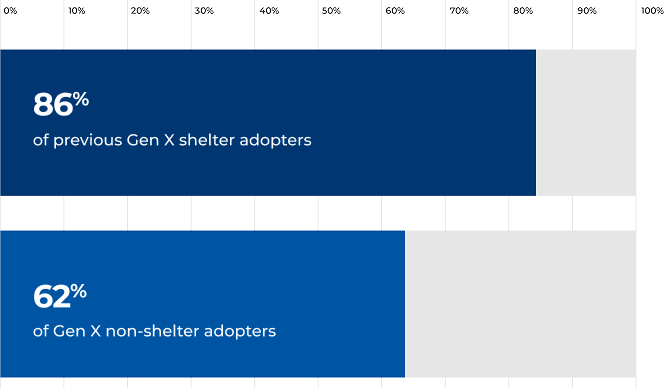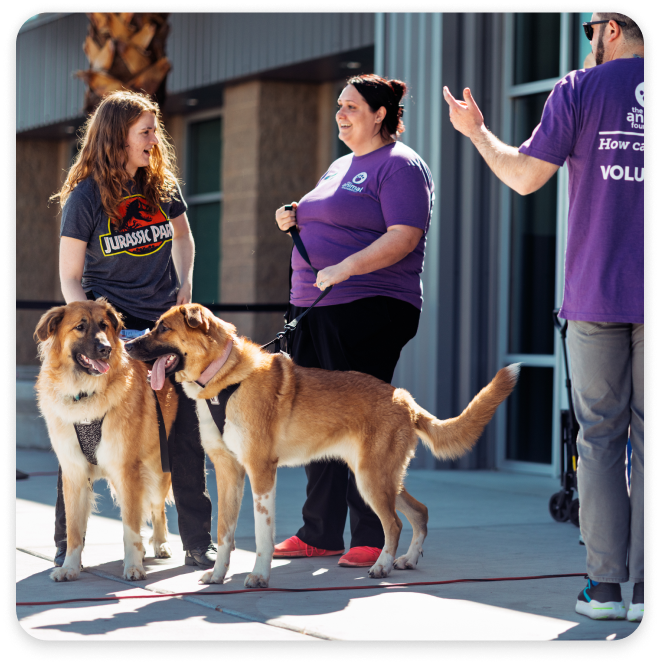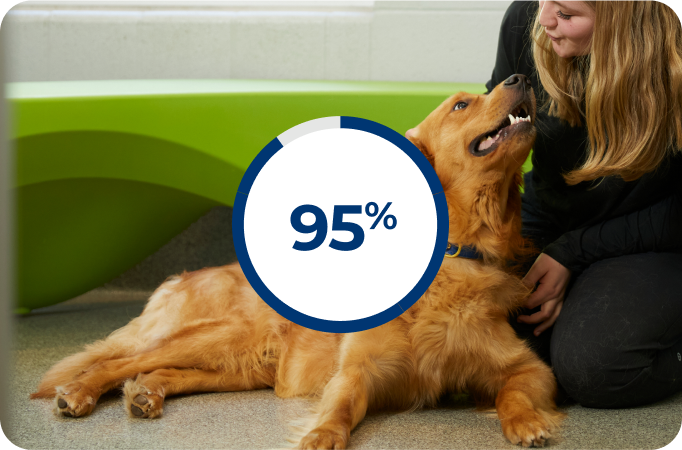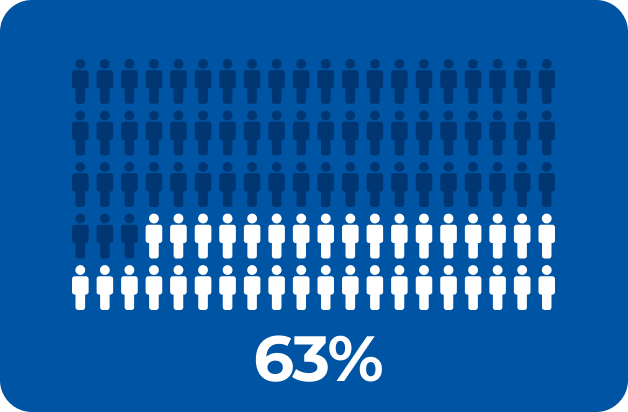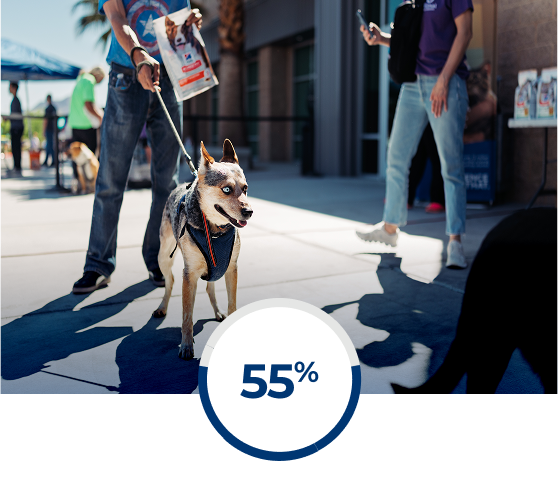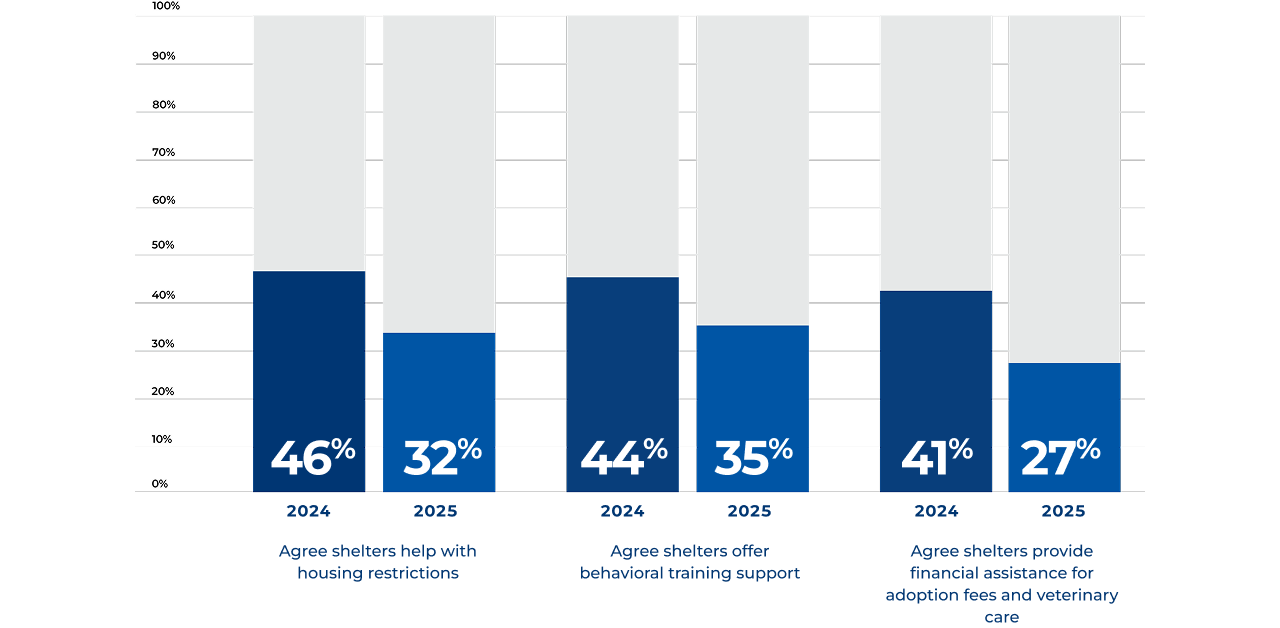2025 Hill's State of Shelter Pet Adoption Report
2025 Hill's State of Shelter Pet Adoption Report
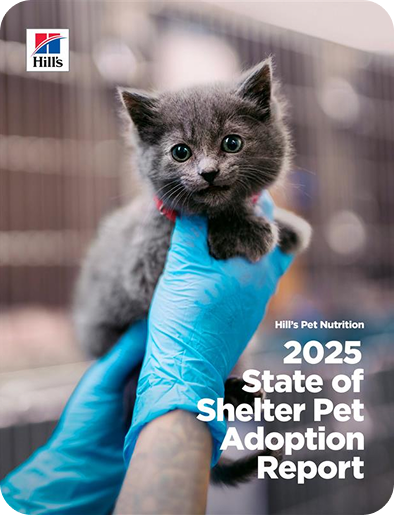
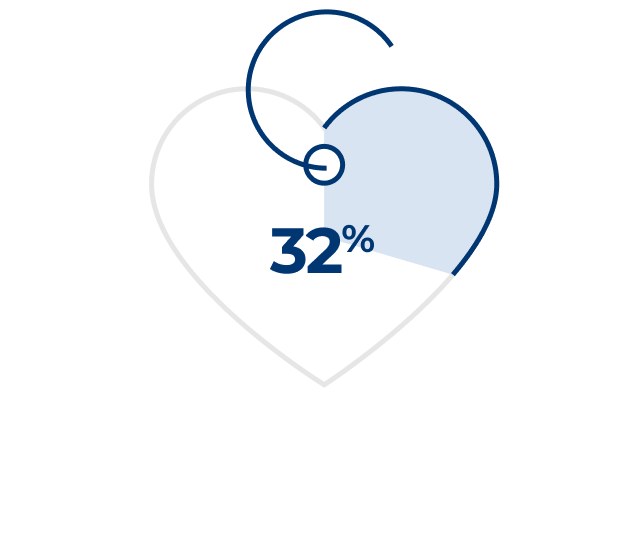

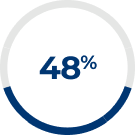

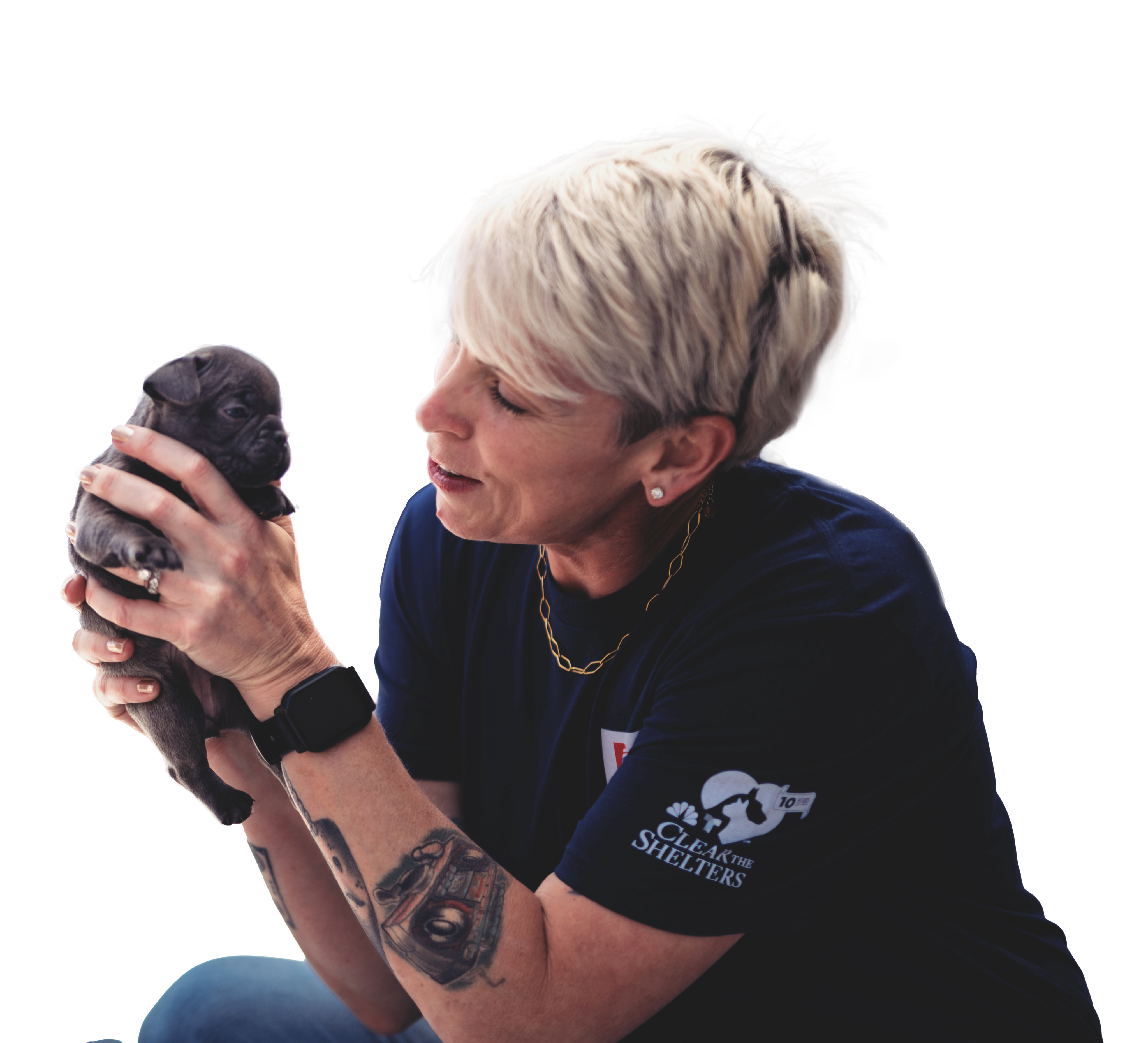
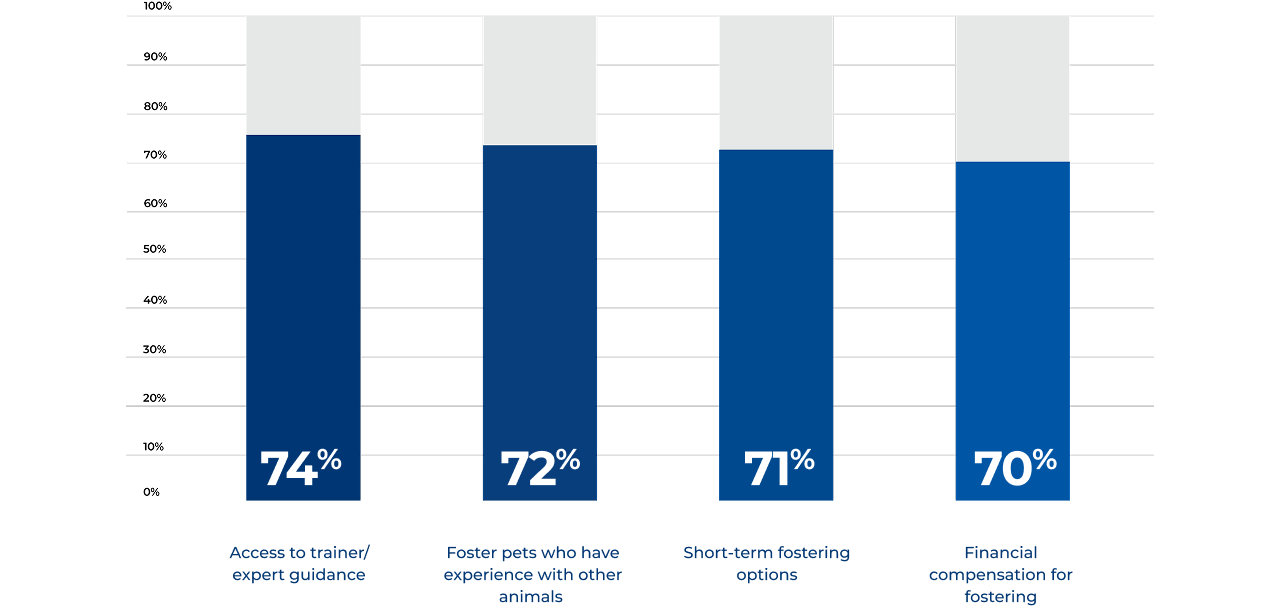
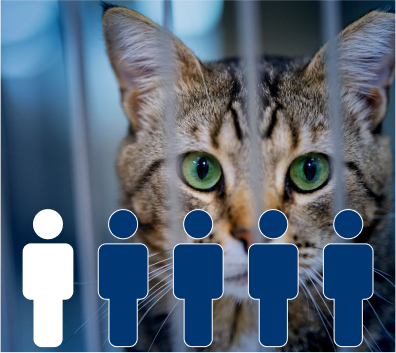
1 in 5 prospective U.S. fosters are concerned about the affordability of fostering, unaware that shelters typically cover these costs.
.png)
71% of Gen Z and Millennials would consider fostering if costs were covered (vs. 50% of older Americans).
.png)
47% of Americans say they haven't fostered because they fear getting too attached and taking on the permanent financial responsibility of pet ownership, a significant increase from 40% in 2024.
Despite fears and misconceptions, fostering, especially foster-to-adopt programs, presents new pathways to pet ownership, allowing potential adopters to try pet ownership guilt-free.
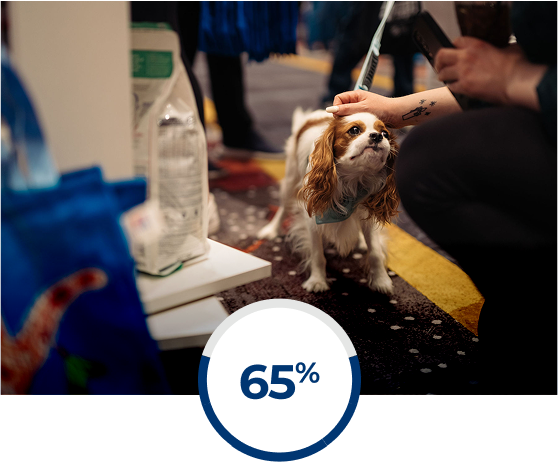
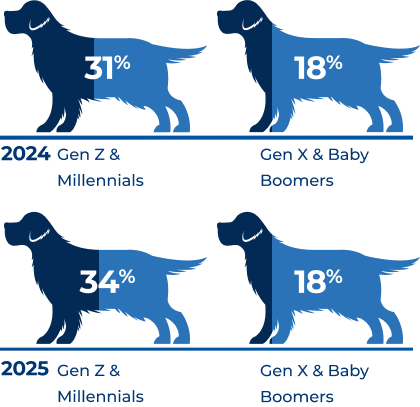




of Gen Z & Millennials would adopt from a shelter again.

of Gen X & Baby Boomers would adopt from a shelter again.
Gen X shelter adoption intent
Younger Gen X (ages 45—54) individuals show promising adoption intent, creating an opportunity to incentivize this demographic to choose pet ownership again.
